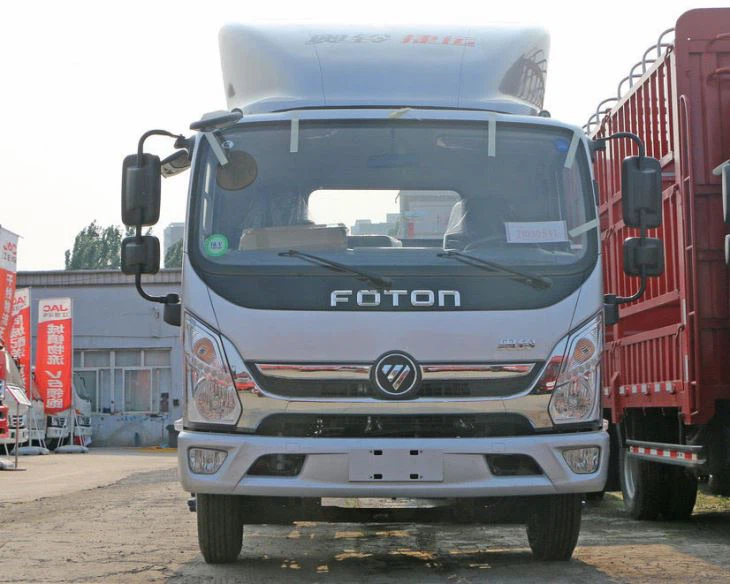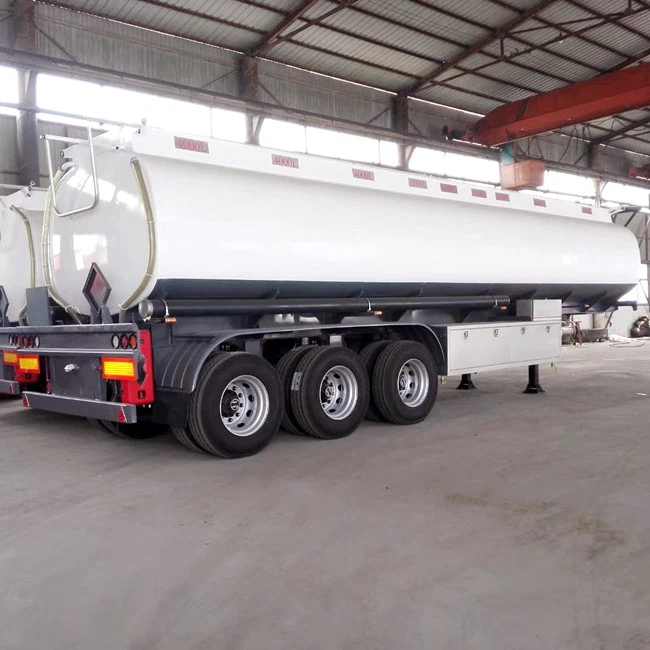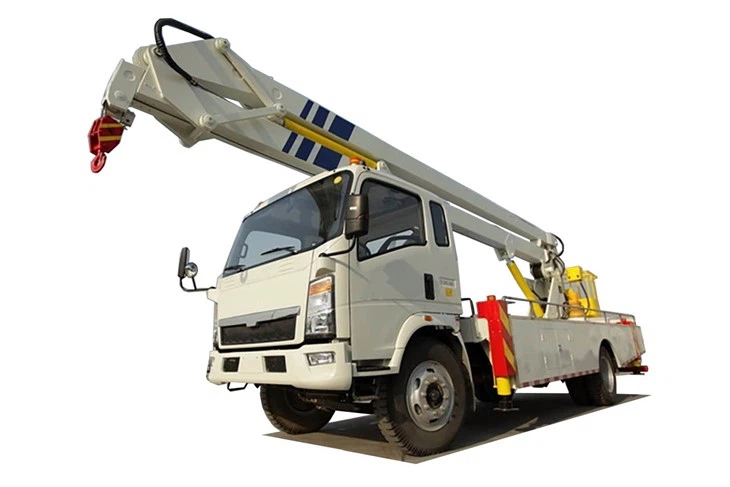Understanding 6 Wheeler Truck Fuel Tank Capacity: A Comprehensive Guide

Introduction
The fuel tank capacity of a 6 wheeler truck is a critical aspect that affects its operational efficiency, range, and overall performance. As transportation needs grow, understanding the specifications of 6 wheeler trucks, particularly their fuel tank capacity, becomes essential for fleet managers, drivers, and logistics companies. This article dives into the various factors influencing fuel tank capacity, comparisons with other vehicles, maintenance tips, and practical insights to optimize fuel efficiency.
What is a 6 Wheeler Truck?
A 6 wheeler truck, commonly known as a medium-duty truck, typically has three axles and is equipped to carry loads ranging from 10,000 lbs to 26,000 lbs. The design of a 6 wheeler truck allows for better maneuverability and distribution of weight, making it suitable for various purposes such as delivery services, construction, and towing vehicles.
Different Types of 6 Wheeler Trucks
- Box Trucks
- Flatbed Trucks
- Tipper Trucks
- Refrigerated Trucks
Understanding Fuel Tank Capacity
Fuel tank capacity refers to the maximum volume of fuel that a vehicle’s tank can hold. For 6 wheeler trucks, this capacity is crucial for determining how far the vehicle can travel before needing to refuel and influences its operating costs.
Factors Influencing Fuel Tank Capacity
Several factors play a role in determining the fuel tank capacity of a 6 wheeler truck:
- Truck Model
- Manufacturer Specifications
- Purpose and Design of the Truck
- Regulatory Compliance
Average Fuel Tank Capacity of 6 Wheeler Trucks
To give you an idea of what to expect, many common 6 wheeler truck models have varying fuel tank capacities. Below is a table summarizing the fuel tank capacities of some popular models:
| Truck Model | Fuel Tank Capacity (Gallons) |
|---|---|
| Freightliner M2 106 | 50 – 100 |
| International Durastar | 60 – 100 |
| Isuzu NPR | 30 – 50 |
| Hino 268 | 50 – 80 |
| Ford F-650 | 50 – 110 |
Popular Models and Their Capacities
Knowing the fuel tank capacity of specific models helps in selecting the right truck for your needs. For example, the Freightliner M2 106 with a maximum capacity of 100 gallons is ideal for long-haul deliveries, while the Isuzu NPR, with a capacity of up to 50 gallons, is well-suited for city driving.
Calculating Fuel Efficiency
Fuel efficiency, measured in miles per gallon (MPG), is vital for understanding how far a truck can go with its fuel tank capacity. You can calculate estimated range using the formula:
Estimated Range = Fuel Tank Capacity (Gallons) × MPG
Example Calculation
If a 6 wheeler truck has a fuel tank capacity of 80 gallons and achieves an average of 10 MPG, the estimated range would be:
Estimated Range = 80 gallons × 10 MPG = 800 miles
Practical Tips for Maximizing Fuel Efficiency
- Regular Maintenance: Keeping the engine and parts well-maintained can increase fuel efficiency.
- Proper Weight Distribution: Ensure the weight is balanced to avoid excessive fuel consumption.
- Driving Habits: Adopt smooth driving habits, avoiding sudden acceleration and deceleration.
- Use of Aerodynamic Accessories: Installing items like mirrors and wind deflectors can reduce wind resistance.
Common Issues with Fuel Tanks
Understanding common issues that can arise with fuel tanks is essential for proper maintenance. Here are some frequent problems:
Leaks and Cracks
Fuel leaks can be hazardous and lead to expensive repairs. Inspections should be performed regularly to identify any cracks or leaks in the tank.
Corrosion
Corrosion can occur, especially in older trucks. Using additives can help mitigate the effects of corrosion.
Fuel Contamination

Contaminated fuel can damage the engine. Always source fuel from reputable suppliers and consider using fuel filters.
Safety Precautions When Managing Fuel

Safety should always be a priority. Here are a few precautions when handling fuel:

- Store fuel in approved containers.
- Avoid fuel spills and clean any spills immediately.
- Use proper protective gear when handling fuel.
Frequently Asked Questions (FAQ)
1. What is the average fuel tank capacity of a 6 wheeler truck?
The average fuel tank capacity of a 6 wheeler truck typically ranges from 30 to 110 gallons, depending on the model.
2. How far can I drive on a full tank of gas in a 6 wheeler truck?
This largely depends on the truck’s fuel efficiency. For example, a truck with an 80-gallon tank and 10 MPG can drive approximately 800 miles.
3. What are the benefits of a larger fuel tank?
A larger fuel tank increases the range of the vehicle, allowing for longer trips without frequent refueling stops.
4. How can I improve my 6 wheeler truck’s fuel efficiency?
Regular maintenance, balanced weight distribution, and smooth driving habits can significantly improve fuel efficiency.
5. Are there any legal regulations regarding fuel tank capacities?
Yes, there are regulations that dictate maximum fuel tank sizes for vehicles based on weight classifications, which can vary by state.
6. What should I do if I suspect a fuel leak?
If you suspect a fuel leak, avoid starting the engine, inform your manager, and consult with a professional mechanic immediately.
